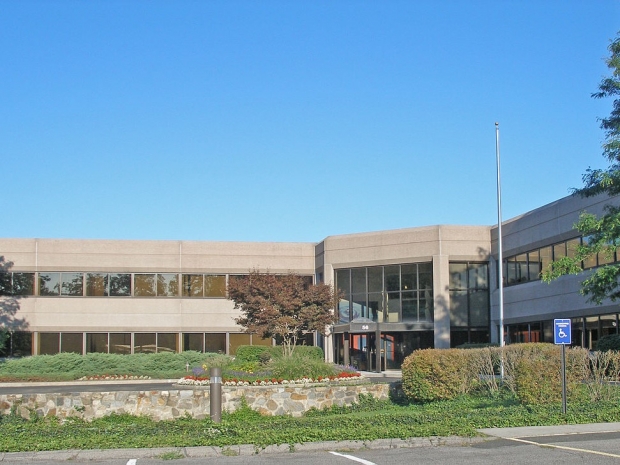Global IT spending is expected to cross into $4 trillion territory for the first time next year.
Gartner VP John-David Lovelock said that although political uncertainties pushed the global economy closer to a recession, it did not occur in 2019 and is still not the most likely scenario for 2020.
“With the waning of global uncertainties, businesses are redoubling investments in IT as they anticipate revenue growth, but their spending patterns are continually shifting.”
Software will be the fastest-growing major market this year, reaching double-digit growth at 10.5 percent
“Almost all of the market segments with enterprise software are being driven by the adoption of software as a service (SaaS)”, according to Lovelock.
“We even expect spending on forms of software that are not cloud to continue to grow, albeit at a slower rate. SaaS is gaining more of the new spending, although licensed-based software will still be purchased and its use expanded through 2023.”
Worldwide IT Spending Forecast (Billions of U.S. Dollars)
|
2019 Spending |
2019 Growth (%) |
2020 Spending |
2020 Growth (%) |
2021 Spending |
2021 Growth (%) |
|
|
Data Center Systems |
205 |
-2.7 |
208 |
1.9 |
212 |
1.5 |
|
Enterprise Software |
456 |
8.5 |
503 |
10.5 |
556 |
10.5 |
|
Devices |
682 |
-4.3 |
688 |
0.8 |
685 |
-0.3 |
|
IT Services |
1,030 |
3.6 |
1,081 |
5.0 |
1,140 |
5.5 |
|
Communications Services |
1,364 |
-1.1 |
1,384 |
1.5 |
1,413 |
2.1 |
|
Overall IT |
3,737 |
0.5 |
3,865 |
3.4 |
4,007 |
3.7 |
Growth in enterprise IT spending for cloud-based offerings will be faster than growth in traditional (noncloud) IT offerings through 2022. Organisations with a high percentage of IT spending dedicated to cloud adoption is indicative of where the next-generation, disruptive business models will emerge.
“Last quarter, we introduced the ‘and’ dilemma where enterprises are challenged with cutting costs and investing for growth simultaneously. Maturing cloud environments is an example of how this dilemma is alleviated: Organisations can expect a greater return on their cloud investments through cost savings, improved agility and innovation, and better security. This spending trend isn’t going away anytime soon”, Lovelock said.
The headwind coming from a strong US dollar has become a deterrent to IT spending on devices and data centre equipment in affected countries.
“Mobile phone spending in Japan will decline this year due to local average selling prices going up as a result of the US dollar increasing. The UK’s spending on PCs, printers, servers and even external storage systems is expected to decline by three percent, too”, said Lovelock.
Despite last quarter showing the sharpest decline within the device market among all segments, it will return to overall growth in 2020 due to the adoption of new, less-expensive phone options from emerging countries. “The almost $10 billion increase in device spending in Greater China and Emerging Asia/Pacific is more than enough to offset the expected declines in Western Europe and Latin America”, said Mr. Lovelock.
Steve Stover, VP of Product at SolarWinds ITSM said most telling part of the report is the continued investment in SaaS and cloud solutions – enterprise software is expected to grow 10.5 percent by 2021, higher than any other category:
“As organisations continue on digital transformation paths, more companies are turning to cloud-based solutions as an effective option for scalable change. With the cloud, companies who manage large amounts of data can benefit from security and flexibility, while expediting the digital transformation process and driving results for the entire business."




